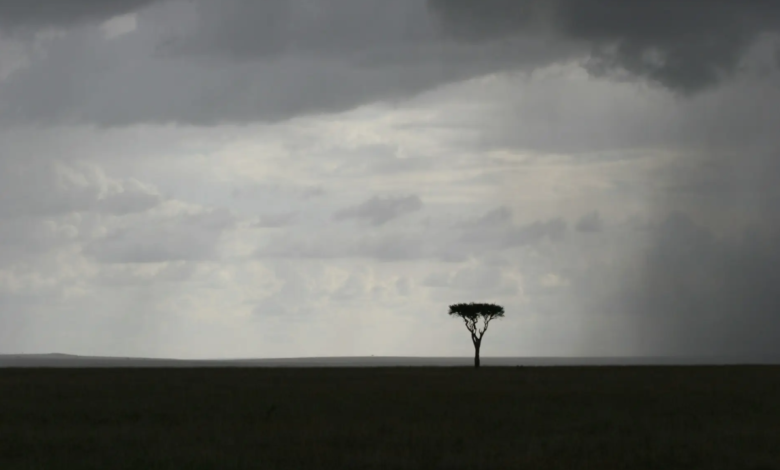The domino effect that will lead to the collapse of the Amazon within 25 years

The collapse of the Amazon is one of the main tipping points of the Planet’s climate system
(sustainabilityenvironment.com) – In 2050, up to half of the largest rainforest in the world could disappear giving way to a tropical prairie. A mix of concomitant stress factors can trigger the collapse of the Amazon, pushing it beyond the point of no return: from rising temperatures to extreme droughts like the current one, from deforestation to the multiplication of large fires.
A new prediction about the collapse of the Amazon
The tipping point of the Amazon is a topic on which climate scientists have been focusing for some time. A radical and unstoppable transformation of this ecosystem, in fact, would have global effects and could trigger other points of no return. In turn, the stability of the Amazonian system can be modified by events such as the significant slowdown of the Atlantic meridian circulation (AMOC), which according to some recent studies could already occur during the 1950s.
“The Southeast Amazon has already transformed from a carbon deposit to a source, which means that the current level of human pressure is too high for the region to maintain its long-term rainforest status,” explains Boris Sakschewski of the PIK, co-author of the study published on February 14 in Nature. But forest degradation in one sector also impacts the rest of the ecosystem. “Because rainforests enrich the air with much moisture that forms the basis of precipitation in the west and south of the continent, the loss of forest in one place can lead to forest loss in another in a vicious circle of self-propulsive feedback“, continues the scientist.
A scenario that the authors of the study confirmed by analyzing the composite effect of the main stress factors on the Amazon ecosystem. For each of them they have identified “points of no return” after which an irreversible change in the Amazon is triggered on a local, regional or ecosystem scale. By combining data on the spatial distribution of these factors, the study estimates that by the mid-century 10 to 47% of the forest could be affected by multiple disturbing factors, the overall impact of which could trigger “unexpected transitions of the ecosystem”.
What are the factors that could lead to the collapse of the Amazon? The study analyzes global warming, the amount of annual rainfall, the intensity of seasonal rainfall, the duration of the dry season and accumulated deforestation. For each factor identify “safe thresholds” not to be exceeded. “We found, for example, that for average annual rainfall of less than 1,000 mm per year, the Amazon rainforest cannot exist. However, below 1,800 mm per year, abrupt transitions from rainforest to savanna-like vegetation become possible. This can be triggered by individual droughts or forest fires, which in recent years have become more frequent and more severe,” explains Da Nian of PIK, another co-author of the study.





